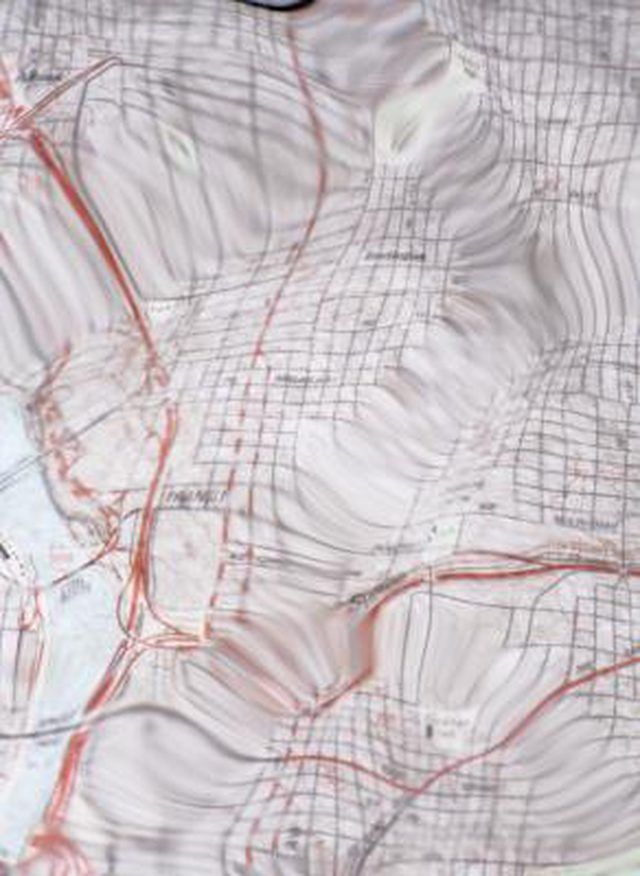Bulbs
Flower Basics
Flower Beds & Specialty Gardens
Flower Garden
Garden Furniture
Garden Gnomes
Garden Seeds
Garden Sheds
Garden Statues
Garden Tools & Supplies
Gardening Basics
Green & Organic
Groundcovers & Vines
Growing Annuals
Growing Basil
Growing Beans
Growing Berries
Growing Blueberries
Growing Cactus
Growing Corn
Growing Cotton
Growing Edibles
Growing Flowers
Growing Garlic
Growing Grapes
Growing Grass
Growing Herbs
Growing Jasmine
Growing Mint
Growing Mushrooms
Orchids
Growing Peanuts
Growing Perennials
Growing Plants
Growing Rosemary
Growing Roses
Growing Strawberries
Growing Sunflowers
Growing Thyme
Growing Tomatoes
Growing Tulips
Growing Vegetables
Herb Basics
Herb Garden
Indoor Growing
Landscaping Basics
Landscaping Patios
Landscaping Plants
Landscaping Shrubs
Landscaping Trees
Landscaping Walks & Pathways
Lawn Basics
Lawn Maintenance
Lawn Mowers
Lawn Ornaments
Lawn Planting
Lawn Tools
Outdoor Growing
Overall Landscape Planning
Pests, Weeds & Problems
Plant Basics
Rock Garden
Rose Garden
Shrubs
Soil
Specialty Gardens
Trees
Vegetable Garden
Yard Maintenance
How to Read Grading Plans With Yard Drains
How to Read Grading Plans With Yard Drains. You envision a garden walkway, new storage shed, barbeque pit and privacy screen -- your landscaper sees the wavy contour lines of a grading plan. A topographical map, or grading plan, shows planned projects, property lines and permanent structures such as buildings. However, the primary focus of the...

You envision a garden walkway, new storage shed, barbeque pit and privacy screen -- your landscaper sees the wavy contour lines of a grading plan. A topographical map, or grading plan, shows planned projects, property lines and permanent structures such as buildings. However, the primary focus of the drawing is to show existing topography and planned topography so that you know where to remove or add soil. Understanding this drawing ensures that you and your landscaper are on the same page and share a common vision that meets your expectations and local building codes.
Orient yourself by using buildings, trees and property lines.
Isolate the existing contour from the planned contour lines. The dashed lines are the contours of the existing landscape; the solid lines indicate the planned contour.
Observe the distance between the lines. Evenly-spaced lines indicate an even slope, closely spaced lines indicate a sudden drop and widely-spaced lines indicate a level area or low slope.
Read the numbers written on the contour lines; these are the heights of the contour lines relative to an agreed upon benchmark.
Look for an arrow perpendicular to the contour lines; these arrows indicate the direction of drainage. If the contour lines surround a central area and the arrows point away from this area, the area is a high point. If the arrows point towards a central point, the central point is a low area -- a valley.
Search for yard drains, splash pads and subdrainage pipe. Yard drains are depicted as square grids, splash pads are labeled rectangles and subdrainage pipes are drawn as thick striped lines. Ensure that each area of the plan has a planned drainage route.
Track drainage routes for water near buildings to ensure that water flows away from the foundations of your home and other structures.